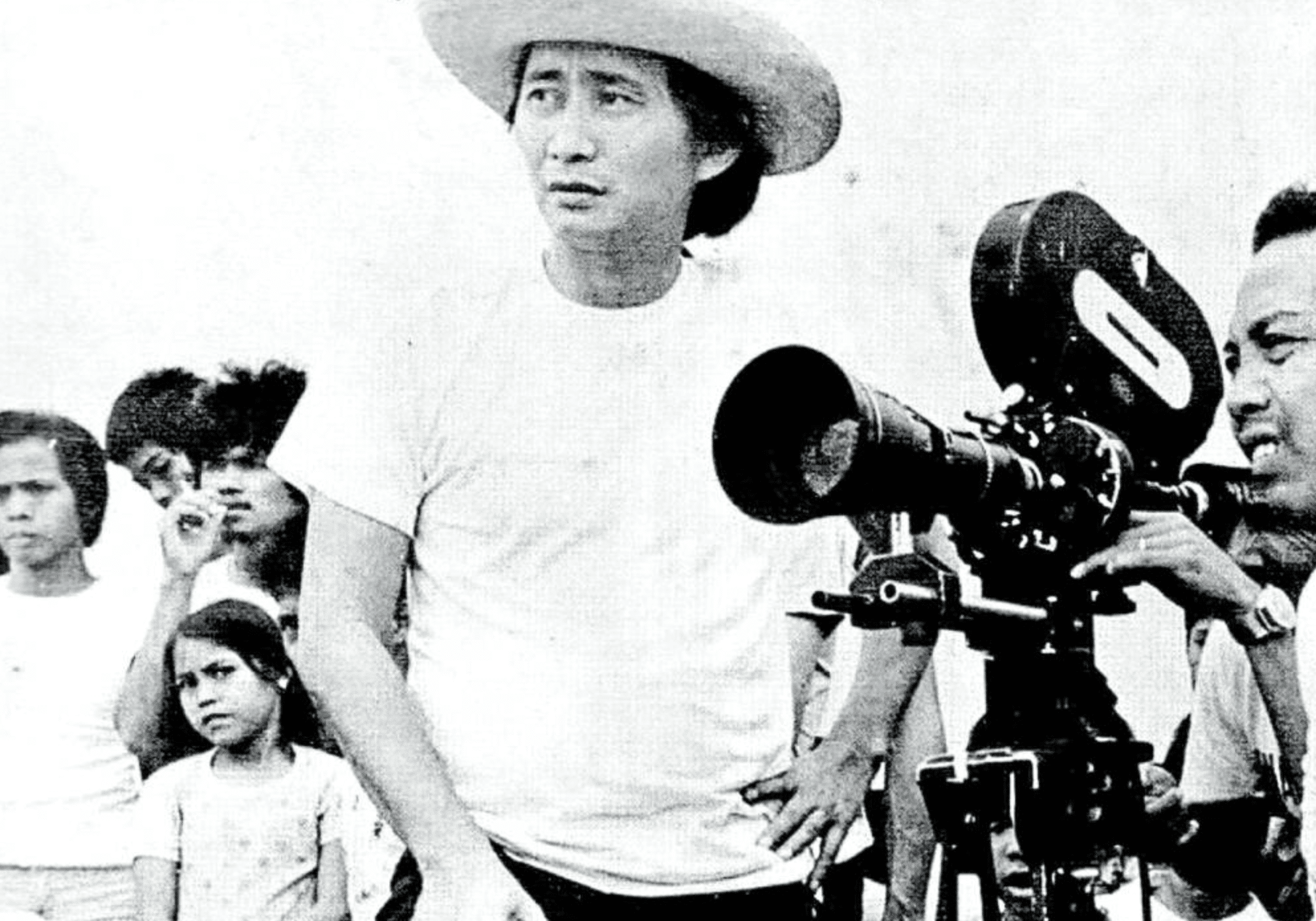On June 2, 1996, director Ishmael Bernal (now National Artist for Film) died without so much as a by-your-leave. Two days earlier, he was coaching actress Malu de Guzman on her stage monologue to be mounted in the director’s famous Kasalo Café in Quezon City.
What I do remember now is that many reel and real episodes in the life of Bernal were indicative of the person and his unique sense of humor and satire.
When Kasalo partner Ed Manalo learned that the director was in the hospital, he reacted nonchalantly, knowing that that wasn’t the first time Bernal was hospitalized.
“When he was admitted to the Heart Center one day in December some years back,” Manalo recalled, “he couldn’t stand staring at the ceiling of the hospital room. Bored, he fled the Heart Center and proceeded to the Kasalo Café a block away, with the bottle of dextrose still attached to him. So, when I heard that he was hospitalized again, I imagined it wouldn’t be long before he would bolt again and reappear at Kasalo.”
A slice of cinema vérité
The late film director Marilou Diaz-Abaya herself described Bernal’s sense of humor as such: “Most of the time, it is sick and black, sometimes very cynical but always so rich and enriching, even at its blackest. The sense of humor and satire in his films give you extraordinary explorations and insights about the most ordinary thing, like chaotic traffic.”
But even in death, Bernal’s life looked like a slice of cinema vérité. A few hours after his passing, four acclaimed directors argued in the morgue as to what kind of makeup he should have, what sort of clothes he would wear, even his hairstyle.
Even the first night of the wake looked like a memorial gala concert. De Guzman rendered a monologue conceptualized by the director himself. Maria Callas was singing “Pace, Pace Mio Dio” from “La Forza del Destino” (Force of Destiny), and there was Mozart and Beethoven, which followed the rest of the nights at the wake.
One night, the director was the butt of jokes when somebody found an old picture of him as a 7-year-old boy holding a guitar, and it was passed around. If Bernal had become a father, his child would certainly have looked exactly like the young boy in the old picture. (By coincidence, the son of the late couple, actor-opera singer Gamaliel Viray and stage and film actress Amable Quiambao, was named Ishmael after the film director they had worked with in “Himala.”)
De Guzman’s show was scheduled on the week he died. Bernal conceptualized it with the actress and billed it “Woman Mystique … And Mistakes.” For this monologue, De Guzman explored her life as single mother, starting from her colegiala days, meeting her first love, and having her love child delivered in a charity ward, to her return to theater and then her film invasion.
At the last rehearsal for “Woman Mystique … And Mistakes,” Bernal was both stage director and stage manager.
As it turned out, Bernal died that Sunday, and De Guzman’s Monday show was moved from Kasalo Café to the UP Chapel, where she performed on an improvised stage alongside Bernal’s coffin.
The author’s late daughter Kerima Tariman wearing an Ishmael Bernal shirt during a rally at Hacienda Luisita
Defying his fate
It was a surreal scene: De Guzman performing beside a dead director who had rehearsed with her only two days before.
For the first time in her performing days, the actress took a bottle of beer to loosen herself up, and then went inside her car and yelled out her grief. “I had to let it all out before the performance at baka manginig ako o kaya baka ako naman ang atakihin sa puso.”
Diaz-Abaya remembered Bernal for many things. “He demonstrated that the integrity of the artist is not about compromising, and it is not negotiable.”
A touching sight in one Antipolo concert of Cecile Licad and Brazilian cellist Antonio Meneses was Bernal escorting his mother to the concert area.
During her last Kasalo visit, my late daughter Kerima recalled how Bernal kept on saying during the screening of “Orapronobis” that Philippine cinema had died with Lino Brocka.
Brocka died at the corner of Matalino Street and East Avenue, just a few blocks from Kasalo Café. By coincidence, Bernal also died on East Avenue, at the Heart Center.
If he didn’t, he could very well be defying his fate again and escaping to his Kasalo hangout, dextrose bottle and all, and discussing art, culture, politics, and the not-so-hopeless state of Philippine cinema. —CONTRIBUTED
This Ishmael Bernal profile is excerpted from the author’s 586-page hardbound book, “Encounters in the Arts,” now available for P1,000 a copy. Call tel. 0906-5104270; email: artsnewsservice@gmail.com.
